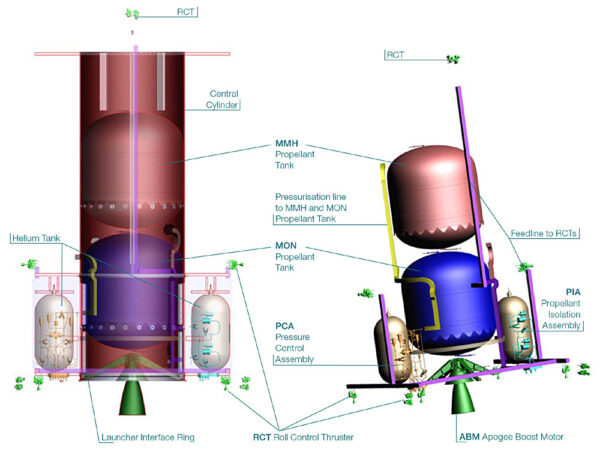Comprehensive Guide to Satellite Propulsion: Technologies, Applications, and Future Trends

About Course
From navigating low Earth orbit to exploring the farthest reaches of our solar system, propulsion systems are the engines that make space exploration possible. This course takes you on an exciting journey through the heart of satellite mobility—introducing the technologies, principles, and innovations that power modern satellites. Whether it’s the raw force of chemical thrust, the elegant efficiency of electric propulsion, or the promising potential of green alternatives, students will explore how different propulsion systems are matched with specific mission needs.
With real-world case studies, forward-looking trends, and challenges faced by small satellites and interplanetary explorers alike, this course offers a deep and practical understanding of propulsion science. You’ll also gain insights into the ethical, environmental, and regulatory dimensions of sending satellites into space. Perfect for students, professionals, and enthusiasts, this is your launchpad into the cutting-edge world of satellite propulsion.
Course Content
Chapter 1: Introduction to Satellite Propulsion Systems
Understanding the importance of satellite propulsion
00:00Brief overview of chemical, electric, and hybrid propulsion technologies
00:00